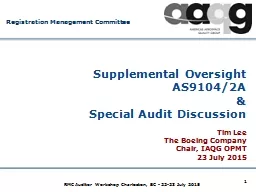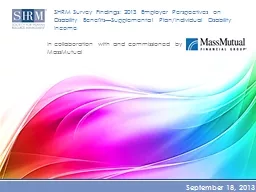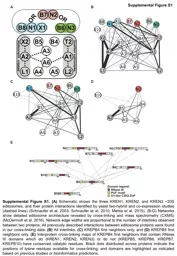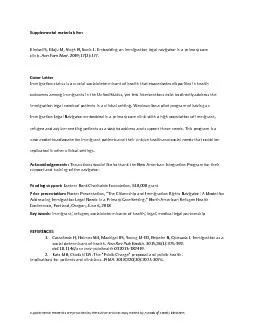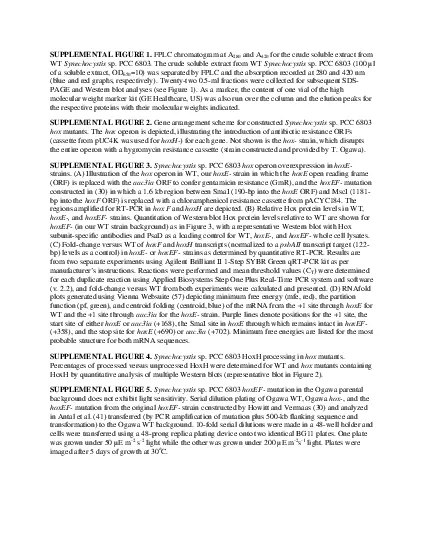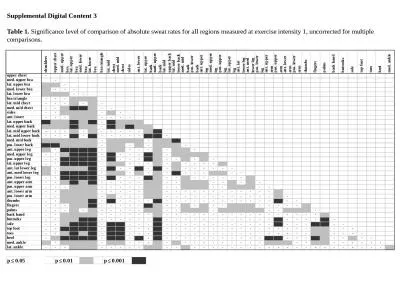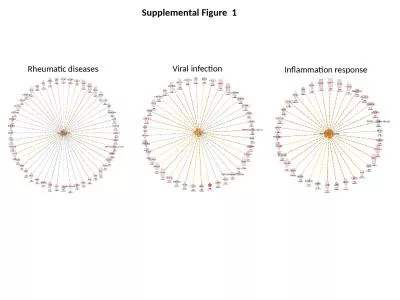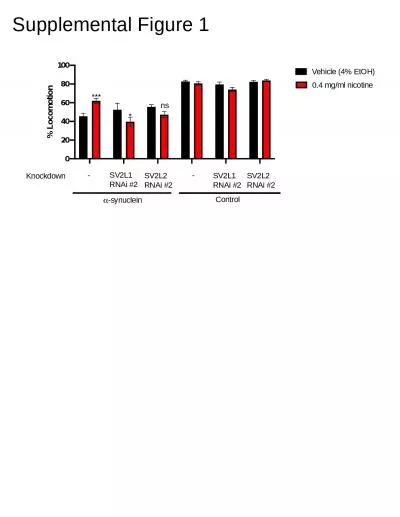PPT-Social Security Disability Income and Supplemental Security
Author : lindy-dunigan | Published Date : 2018-01-20
Presented by Chris Kerbawy Staff Attorney at Legal Action of Wisconsin Brief History of Social Security excerpted from Historical Background And Development Of
Presentation Embed Code
Download Presentation
Download Presentation The PPT/PDF document "Social Security Disability Income and Su..." is the property of its rightful owner. Permission is granted to download and print the materials on this website for personal, non-commercial use only, and to display it on your personal computer provided you do not modify the materials and that you retain all copyright notices contained in the materials. By downloading content from our website, you accept the terms of this agreement.
Social Security Disability Income and Supplemental Security: Transcript
Download Rules Of Document
"Social Security Disability Income and Supplemental Security"The content belongs to its owner. You may download and print it for personal use, without modification, and keep all copyright notices. By downloading, you agree to these terms.
Related Documents




